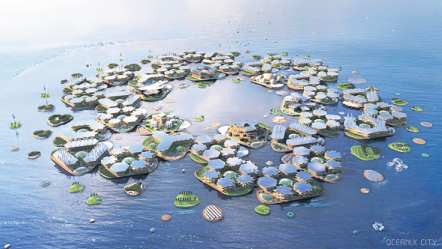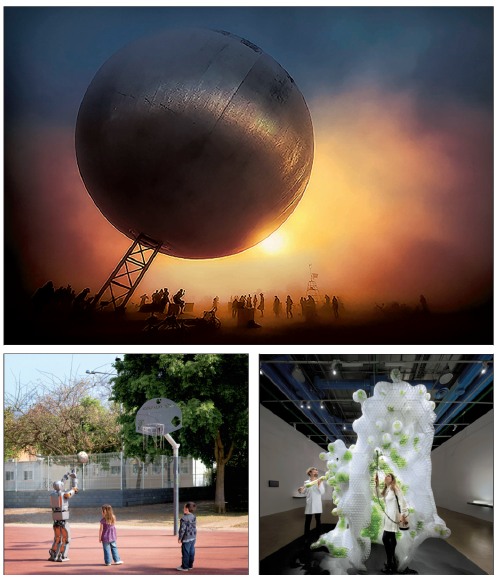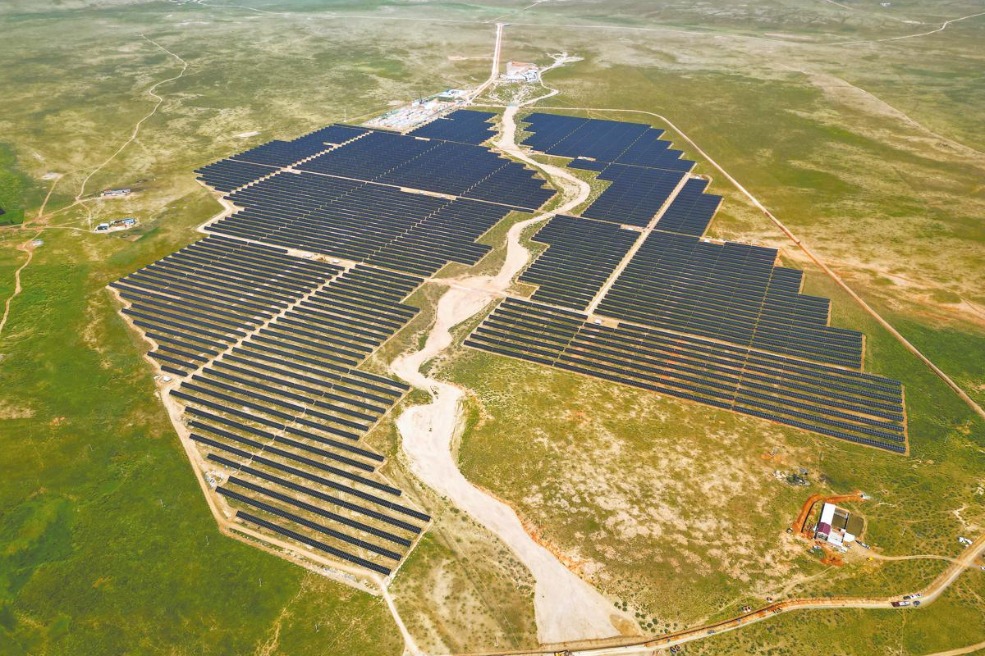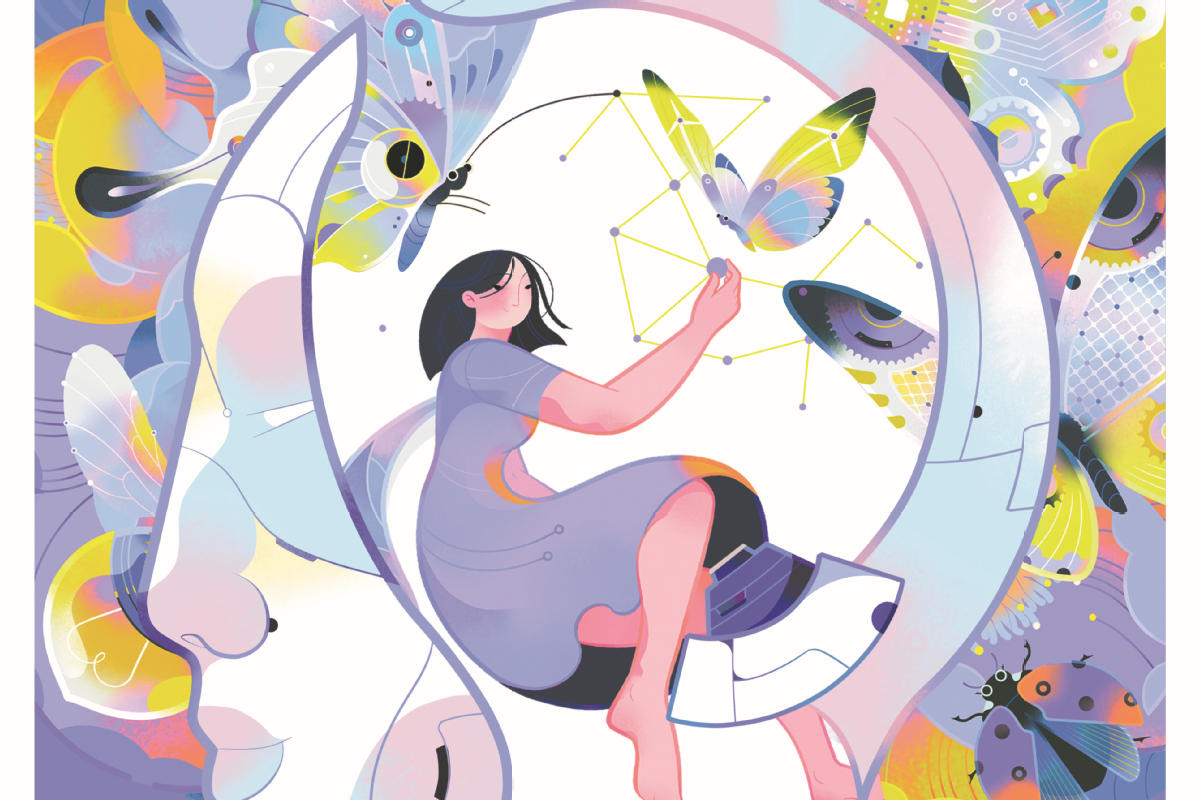Algorithmic author
Artificial intelligence titles a futuristic exhibition for Mori Art Museum

If you're going to stage an exhibition dealing with the expansive subject of how humanity will live tomorrow, you'd better come up with something innovative. Tokyo's Mori Art Museum (MAM), in an attempt to make a show extend far beyond the domain of art, landed upon the notion of inviting an artificial-intelligence (AI) suite to define the show's title.
Thus, MAM collaborated with Watson, computer giant IBM Corporation's enterprise AI service, application and tool. With three layers of AI models and IBM's extensive specialist knowledge, Watson is capable of efficient learning without starting from scratch.
"Creativity isn't generated from nothing, but from the unexpected connections of things and ideas," says MAM director Nanjo Fumio. "Watson proposed all sorts of thinkable words, but from there, it had been a collaborative work between us and Watson. I imagine this may be how humans and AI will interact in the future." It's certainly something viewers can consider as they stroll around Future and the Arts: AI, Robotics, Cities, Life-How Humanity Will Live Tomorrow, on until March 29.
To arrive at the show's title, Watson was fed a range of text data-including planning documents for the show, titles of MAM's exhibitions over the last 15 years and interviews with Nanjo (also the exhibition's curator). Watson then analyzed the data, extracted keywords such as "future", "arts" and "human", and conjured more than 15,000 AI-generated options. From there, Watson reduced the selections to 150, from which the project team chose.
Okada Akira, senior managing consultant for GBS iX at IBM Japan, notes: "Applying AI to creativity like this is challenging work-analyzing the backgrounds of large amounts of phenomena and contexts to identify or pinpoint patterns of inspirations and imaginations. It would be pleasing if AI technology could spread to the public in the domains of ideas and expressions to expand human creative activities."
While we wait, humans are increasingly entrusting many of their decisions to AI, which might supplant our own intelligence; the advent of the singularity will bring changes to our society and lifestyles. Simultaneously, blockchain technology will build new levels of value into our social systems, while advances in biotechnology will have major impacts on food, medicine and the environment. And last but by no means least, we may even turn back the clock and extend our lifespans.
Is all of this positive? The Mori Art Museum doesn't deliver a verdict, but in at least presenting a vision of what life may look like in the next two to three decades, we can marvel or scoff at the possibilities of that new world-and what being human means within it.
Cdlp


Today's Top News
- Lawmakers review draft law to expand childcare services
- China's new-style tea brands find a hot new market in US
- Xi extends congratulations to Chilean president-elect
- Japan urged to stop provocative moves
- Shanxi ends province-wide blanket fireworks ban
- Tech park set to lift GBA's development






























